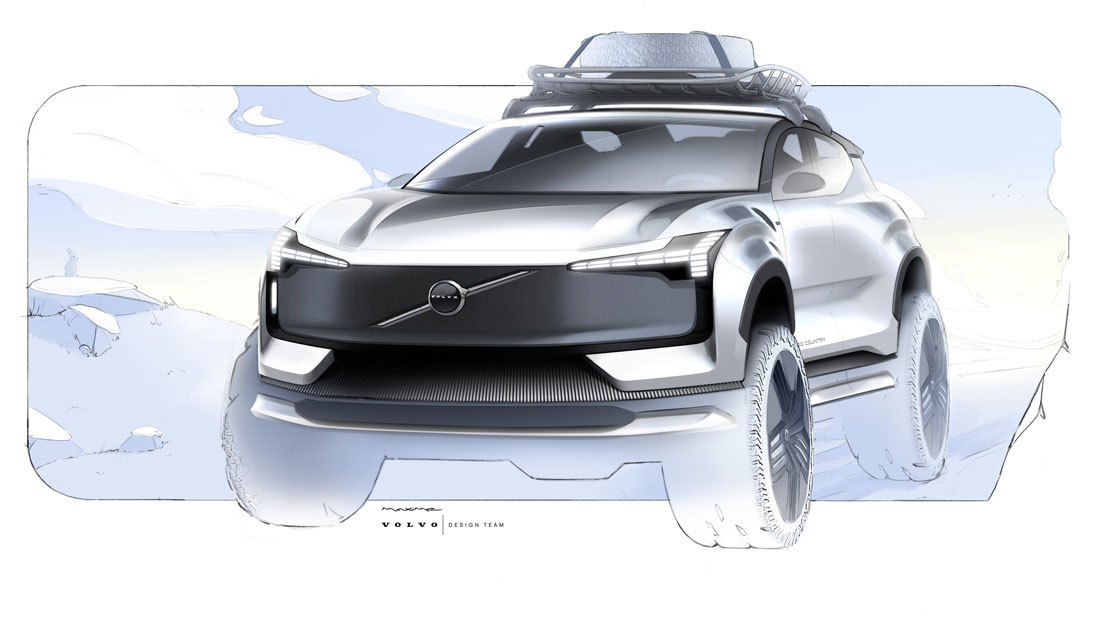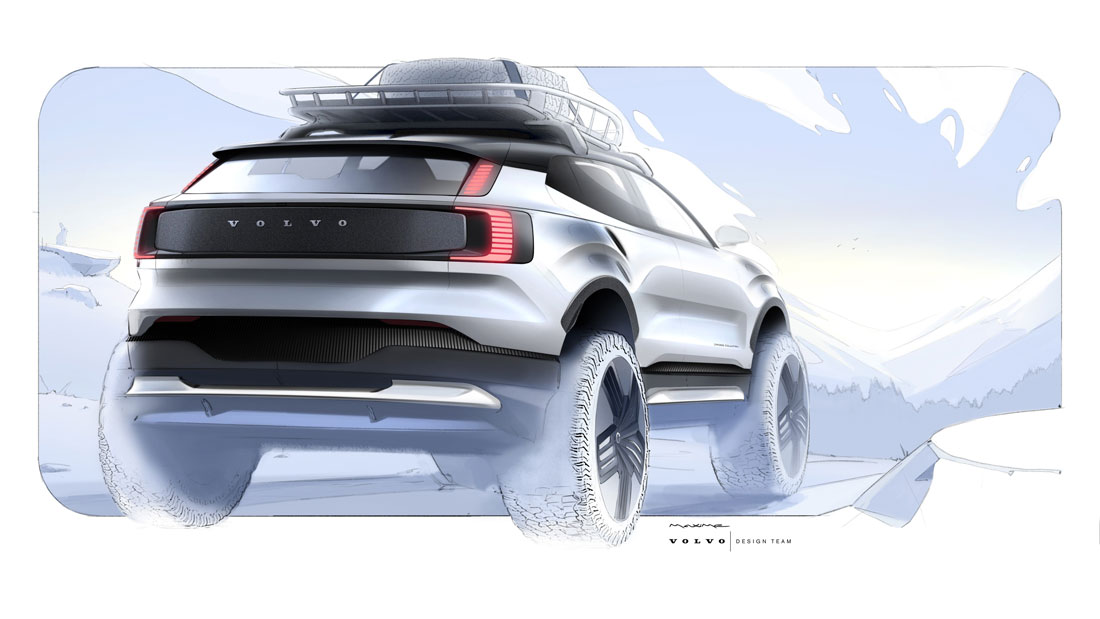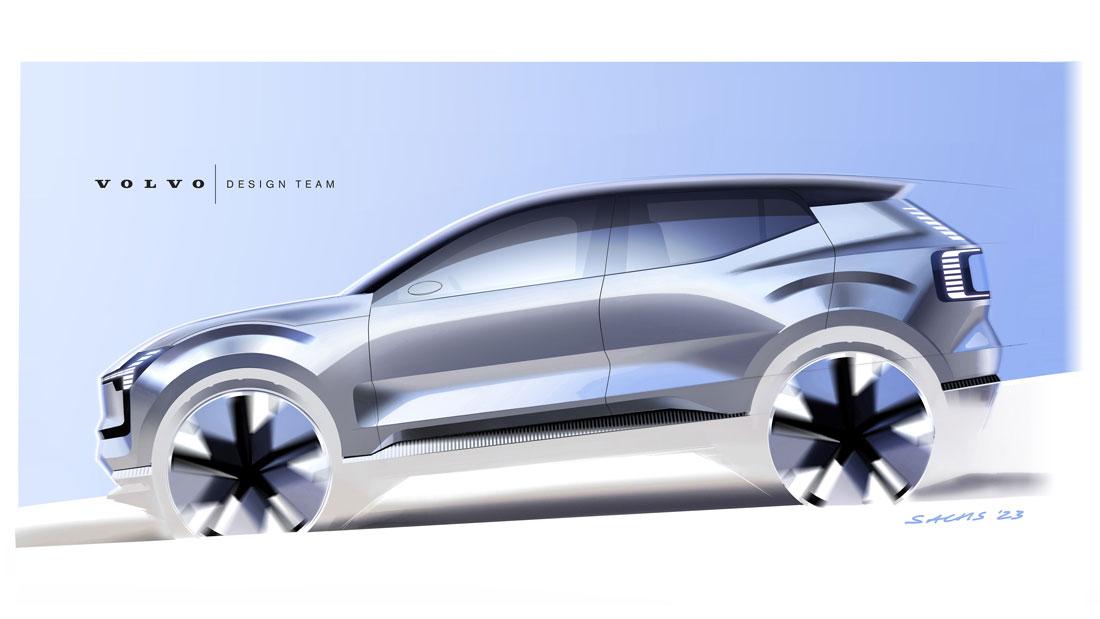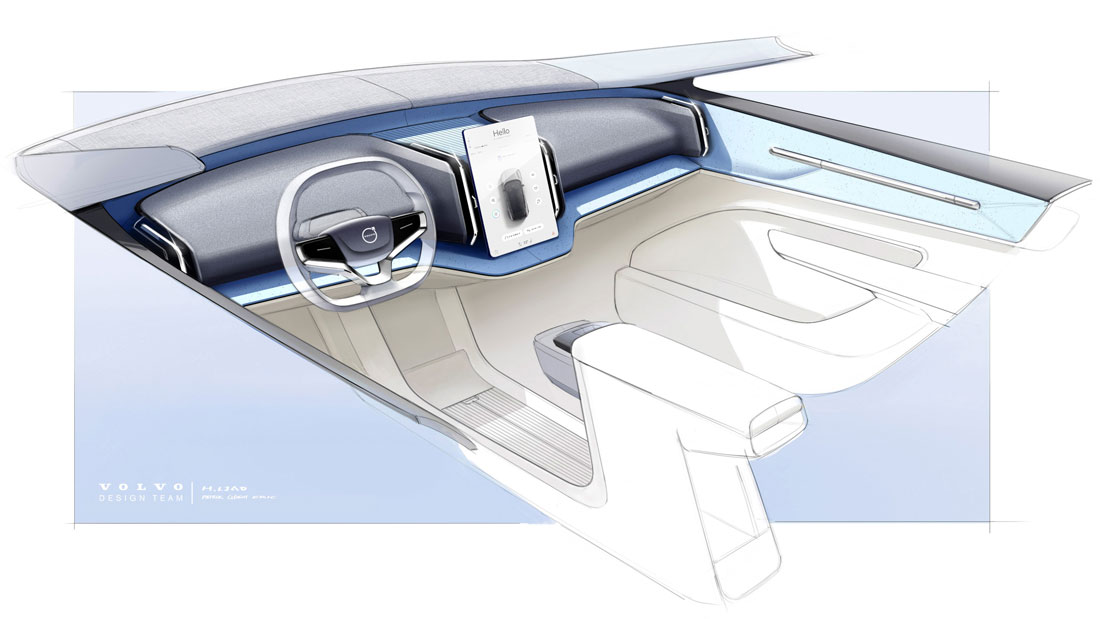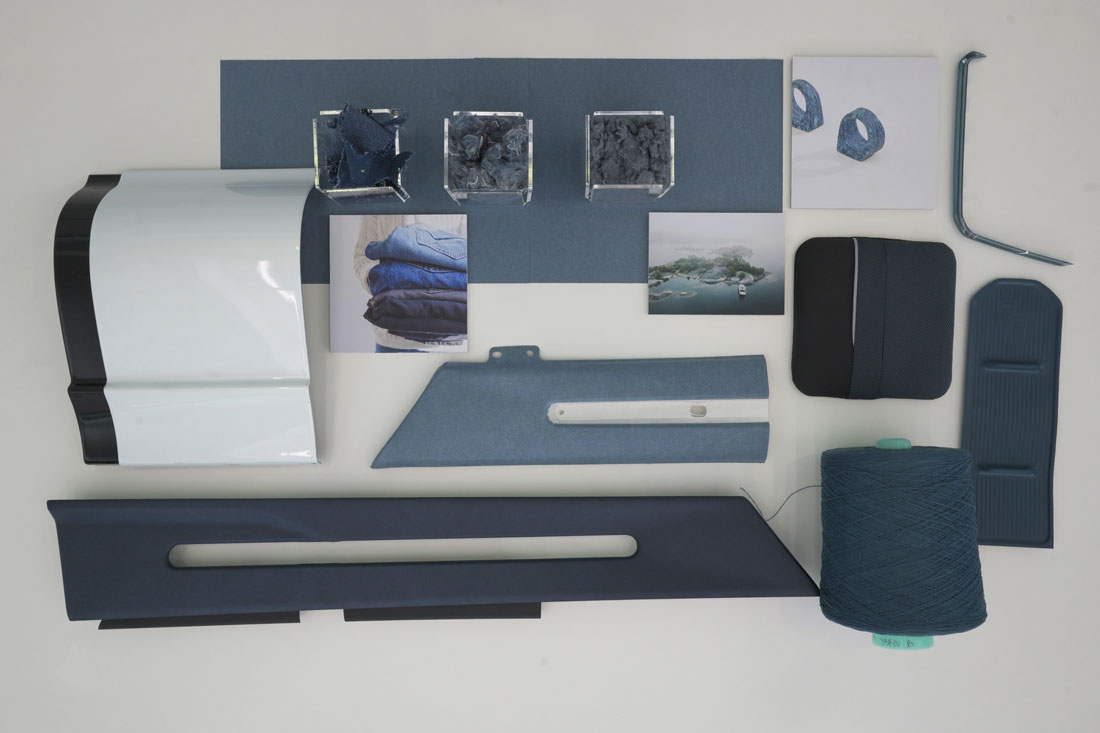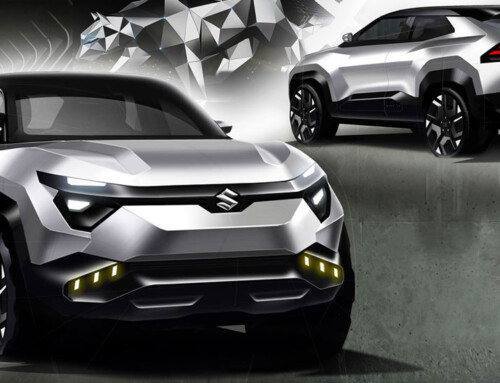“Small is a grand philosophy.” Not only that: “Great things have small beginnings.” In short, insists Jim Rowan, who more than a year ago was appointed President and CEO of Volvo by the Chinese Geely group, “small can be bigger than it seems.” The leitmotif that accompanies the latest addition to Gothenburg, an electric SUV with exceptional performance, “small but big,” is very clear. The EX30 is small but it will be Volvo’s trump card. The numbers will tell: the fact that it is produced in China, in the Zhangjiakou plant, immediately reveals an ambition for large numbers. “The EX30 sums up all our building principles, but in a more compact format,” says T. Jon Meyer, head of exterior design. Developed under the guidance of Robin Page (who is now head of Bentley design), i.e. before handing over to Jeremy Offer last May, it was the fruit – says Mayer – of “a great passion:” that of the designers who, working partly online and partly in presence, faced the problems of Covid and the inevitable lockdowns. Because the EX30 found itself right in the middle of the crisis. Launched in mid-2019, through half a dozen 1:4 scale models and then a couple of full-size ones, it arrived in mid-2021 at its definitive shape, which was then that of the initial concept, “without mixing – Mayer is categorical – with other themes.”
Small is beautiful
Talking about it with those who designed it, apart from the “small is beautiful” mantra, some key words emerge that decode this car. Words like space, centralization, sustainability, recycling. Mayer explains that the EX30’s bold character starts from its reduced CO2 footprint, which is the lowest of any Volvo. But that’s not all: “The proportions of electric cars allow for a longer wheelbase, to the full benefit of the interior spaces.” The EX30, like the Smart #1, is based on the SEA (Sustainable Experience Architecture) platform designed in China for the electric sector. “The most important thing – echoes Lisa Reeves, interior design manager – becomes the functionality of the passenger compartment, which for the customer represents a personalized experience for the use he will make of the spaces.”
Balanced proportions
It is Reeves again who speaks of “sustainability with a holistic aspect”, with the result of an expanded Volvo range which at the same time (starting from 36,000 euros) brings the prices of a premium electric SUV to the levels of an equivalent internal combustion car. However, all of this was not easy. “It’s fine to create a longer wheelbase – observes Mayer – but by pushing the wheels to the ends they seem smaller and we therefore had to increase their dimension to balance the proportions, respecting the measurements of the overhangs. And then: how to arrange the passenger compartment without losing aerodynamics, how to achieve balance and elegance.
Recycled materials
Sustainability, in turn explains Daniel Fidgett, head of C&M, “resumes the path started with the C40 on the line of Scandinavian premiums. On the one hand, recycling, for which we have reached a global level of 17%, 30% for interiors alone, and we are thinking of a future of 95%. And then the materials we use for the interiors: recycled polyesters, for example, already at 70%, but also aluminium (25%) and steel (70%). As in the EX90, we have introduced a nautical fabric, soft and elastic, treated with oils from Scandinavian forests.” And there is a lot of Scandinavian in this SUV. Starting with the five vibrant body colours.
Colours generate calm
It was about creating a new expression, explains Fidgett: “Cloud Blue is inspired by our skies, for example, or Moss Yellow by the lichens that grow on the rocks along the Swedish west coast”. Small is big on little details: and so, in addition to the four different finishes available for the cabin, the customer is also offered five different interior lighting themes, each inspired by a Scandinavian landscape: they gradually change colour, say the Volvo designers, generating a sense of calm.
High-tech interiors
The purity of the design, says Reeves, “was dictated by an architecture and graphics that integrated technology into the development of the car right from the start.” Like the 12.3-inch interactive screen in the centre of the dashboard, where Thomas Stovicek, head of UX, has been able to include both driving tools and entertainment. In one of the three versions offered, the EX is capable of accelerating from 0 to 100 km/h in 3.6 seconds: a record. And one is already wondering what the EX30 will be able to achieve in the announced off-road variant, the Cross Country, in a year’s time.
(Full article in A&D no. 262)

